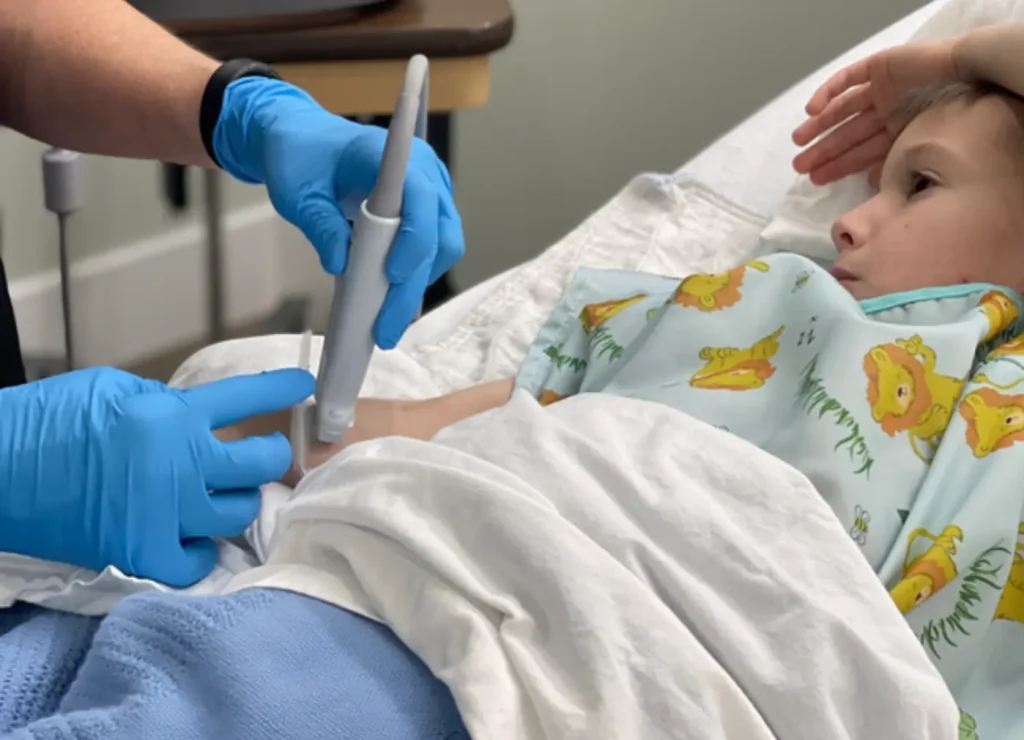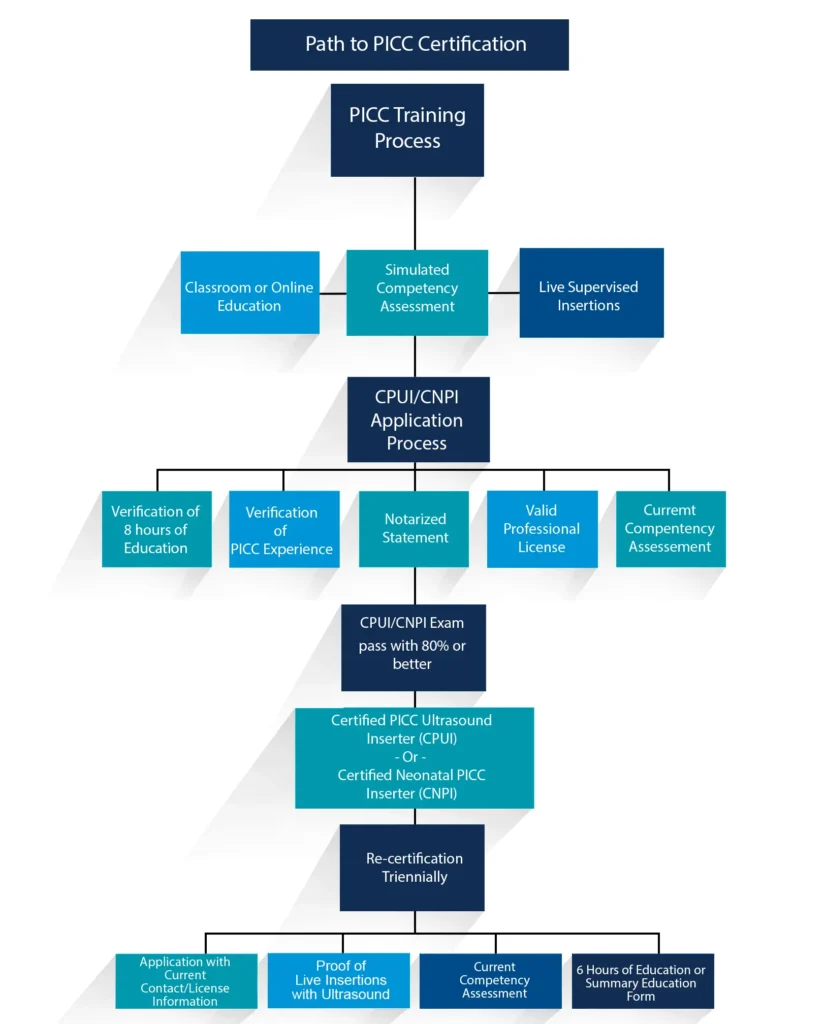I so appreciate your patience and time in answering my questions and being such a great resource for us. This is what I love about vascular access, because there’s so much to learn from so many people who are willing to share their knowledge and you certainly are the topmost.
Limited-Time Offer:
All-In-One Ultrasound-Guided Peripheral IV Mastery Certificate Training
The Pediatric PICC Certification Insertion Bundle provides comprehensive education for best practices including the use of ultrasound for pediatric PICC placement.


